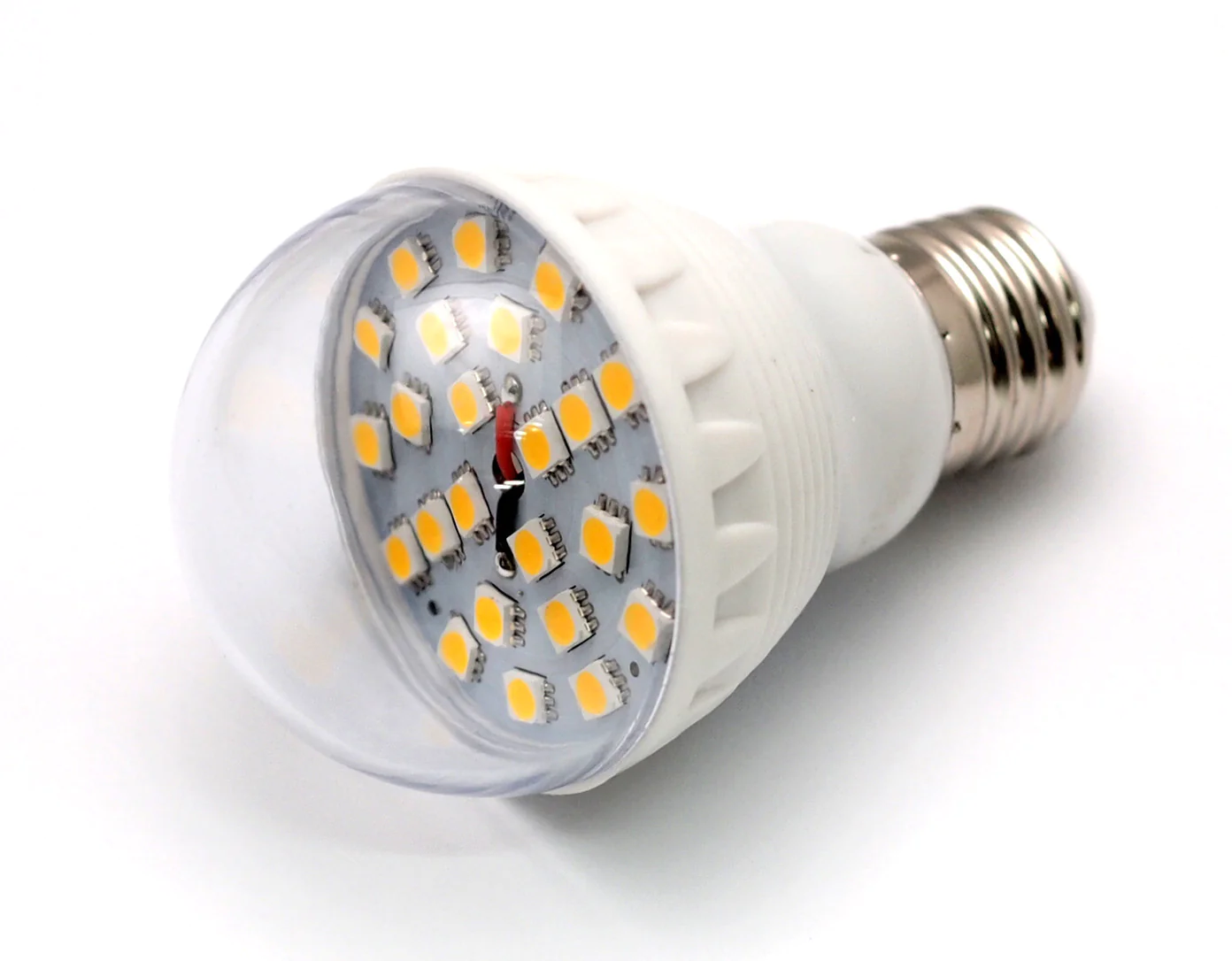

Articles
How Much Power Does An LED Bulb Use
Modified: August 20, 2024
Learn all about how much power LED bulbs consume in our informative articles. Find out the energy-saving benefits and maximize your home's efficiency.
(Many of the links in this article redirect to a specific reviewed product. Your purchase of these products through affiliate links helps to generate commission for Storables.com, at no extra cost. Learn more)
Introduction
LED (Light Emitting Diode) bulbs have transformed the lighting industry with their efficiency, longevity, and versatility. As more and more people switch to LED lighting, questions about their power consumption and energy usage arise. Understanding the power consumption of LED bulbs is essential for making informed decisions when it comes to lighting choices and energy conservation.
In this article, we will delve into the world of LED technology, explore how LED bulbs generate light, and discuss the advantages they offer. We will also uncover the factors that affect LED bulb power usage and learn how to calculate their power consumption. Additionally, we’ll examine the typical power ratings of LED bulbs and compare their energy savings potential to traditional incandescent bulbs. Finally, we will explore the relationship between power usage and LED bulb lifespan, uncovering the factors that determine their longevity.
Whether you are contemplating a switch to LED lighting for your home or office, or simply curious about how much power LED bulbs consume, this article will provide valuable insights and information to guide your decision-making process. Let’s dive into the world of LED technology and uncover the power usage of these remarkable bulbs.
Key Takeaways:
- LED bulbs offer energy efficiency, long lifespan, and diverse advantages. Understanding their power consumption and factors affecting performance is crucial for informed lighting decisions and maximizing energy savings.
- By calculating LED bulb power consumption and considering factors like wattage, lumen output, and dimming capabilities, informed choices can be made for sustainable and efficient lighting solutions. LED bulbs provide substantial energy savings and contribute to a greener future.
Understanding LED Technology
LED bulbs are a type of solid-state lighting technology that has revolutionized the way we illuminate our homes and workplaces. Unlike traditional incandescent bulbs that rely on heating a filament to produce light, LED bulbs generate light through a process called electroluminescence. This process involves the movement of electrons within a semiconductor material, resulting in the emission of photons, or light particles.
There are several advantages of using LED bulbs over traditional lighting options:
- Energy Efficiency: LED bulbs are renowned for their energy efficiency. They convert a higher percentage of the electrical energy they consume into light, rather than wasting it as heat, making them significantly more efficient than incandescent bulbs.
- Long Lifespan: LED bulbs have an impressive lifespan that far exceeds that of traditional bulbs. They can last up to 25 times longer, reducing the frequency of bulb replacements and saving you money in the long run.
- Environmental Friendliness: LED bulbs contain no harmful substances such as mercury, unlike some other types of bulbs. This makes them eco-friendly and safe to use and dispose of.
- Instant On and Off: Unlike compact fluorescent bulbs (CFLs), LED bulbs do not require time to warm up and reach full brightness. They turn on instantly, providing immediate illumination when switched on.
- Design Flexibility: LED bulbs are available in a wide range of shapes, sizes, and colors, offering greater flexibility in terms of design and aesthetics. They can be used for both functional lighting and decorative purposes.
- Dimmable Options: LED bulbs are now available with dimmable capabilities, allowing you to adjust the brightness level to suit your preferences and create the desired ambiance in your space.
With these advantages in mind, it’s no wonder that LED bulbs have gained popularity and become the go-to lighting option for both residential and commercial applications. They offer a sustainable and efficient lighting solution that not only saves energy and money but also contributes to a greener and more environmentally friendly future.
Determining LED Bulb Power Consumption
Understanding the power consumption of LED bulbs is crucial for determining their energy efficiency and estimating the impact on your electricity bills. Several factors influence LED bulb power usage, and there are methods to calculate their power consumption accurately.
Let’s explore the factors that affect LED bulb power usage:
- Wattage: The wattage of an LED bulb indicates the amount of power it consumes. Generally, higher wattage bulbs consume more power to produce brighter illumination. However, advancements in LED technology have allowed for greater efficiency, meaning that even lower wattage bulbs can provide ample light output.
- Lumen Output: The lumen output of an LED bulb refers to the amount of visible light it emits. Higher lumen output generally requires more power consumption. It’s important to choose LED bulbs with the appropriate lumen output for your lighting needs to optimize energy usage.
- Dimming: When LED bulbs are dimmed, they consume less power compared to when they are at full brightness. Dimming capabilities allow for energy savings and provide flexibility in adjusting the lighting level to suit different situations.
- Color Temperature: LED bulbs are available in a range of color temperatures, from warm white to cool white. Different color temperatures require varying amounts of power for their operation.
- Operating Conditions: Environmental factors, such as ambient temperature and humidity, can affect LED bulb performance and power consumption. Extreme temperatures can reduce the efficiency of LED bulbs, leading to higher power usage.
Calculating LED bulb power consumption involves a simple formula:
Power Consumption (in Watts) = Voltage (in Volts) * Current (in Amps)
Most LED bulbs operate at a standard voltage of 120V in the United States. To find the current drawn by the LED bulb, divide the power consumption by the voltage. For example, if a 10W LED bulb operates at 120V, the current consumed would be:
Current (in Amps) = 10W / 120V = 0.083 Amps
By understanding these factors and calculating LED bulb power consumption, you can make informed decisions when selecting the right LED bulbs for your lighting needs and budget. It will also help you estimate energy savings and contribute to a more sustainable and eco-friendly lifestyle.
Typical LED Bulb Power Ratings
LED bulbs come in various wattage ratings, allowing flexibility in choosing the right brightness level for different lighting applications. The wattage rating of an LED bulb indicates the amount of power it consumes to produce light. Understanding the typical power ratings of LED bulbs will help you select the appropriate bulbs for your lighting needs.
Here are some common wattage ratings for LED bulbs:
- 3-5 Watts: LED bulbs in this wattage range are often used for accent lighting, task lighting, or decorative purposes. They provide a lower level of brightness suitable for smaller spaces, such as hallways, closets, or as decorative lighting in fixtures.
- 6-10 Watts: LED bulbs within this range are commonly used for general lighting in residential settings. They offer sufficient brightness for most indoor spaces, such as living rooms, bedrooms, and dining areas.
- 11-15 Watts: LED bulbs in this wattage range are suitable for larger spaces or areas that require brighter illumination, such as kitchens, offices, or commercial settings. They provide ample light output while maintaining energy efficiency.
- 16+ Watts: LED bulbs with wattage ratings of 16 or higher are considered high-power options. These bulbs are typically used in areas that require intense illumination, such as outdoor floodlights or high-ceiling spaces.
It’s important to note that the brightness level of an LED bulb is not solely determined by its wattage rating. The lumen output, color temperature, and design of the bulb also play a significant role. It’s advisable to refer to the lumen output and product specifications when selecting LED bulbs, as they provide more accurate information about the brightness level.
LED technology has significantly improved in recent years, allowing for higher efficiency and greater light output with lower wattage ratings. Therefore, it’s possible to achieve the desired brightness using fewer watts compared to traditional incandescent bulbs.
When transitioning to LED lighting, consider the specific lighting requirements of each space, the desired level of brightness, and the energy savings potential. By selecting LED bulbs with the appropriate wattage rating, you can achieve the right balance between energy savings, lighting quality, and cost-effectiveness.
LED bulbs use significantly less power than traditional incandescent bulbs. On average, a 60-watt incandescent bulb can be replaced by a 10-watt LED bulb, saving energy and reducing electricity costs.
Power Consumption and Energy Savings
One of the key advantages of LED bulbs is their energy efficiency, which can result in significant cost savings over the long term. Let’s explore how LED bulbs compare to traditional incandescent bulbs in terms of power usage and how to calculate the energy savings they offer.
LED bulbs are renowned for their low power consumption. On average, LED bulbs use 80% less energy than traditional incandescent bulbs to produce the same amount of light. For example, a 60-watt incandescent bulb can be replaced by a 10-watt LED bulb, providing similar brightness while consuming significantly less power.
The energy savings with LED bulbs can be calculated by comparing the wattage and usage hours of LED and incandescent bulbs. Here’s a step-by-step guide to calculating energy savings:
- Identify the wattage of the LED bulb and the equivalent wattage of the incandescent bulb.
- Determine the usage hours per day for the bulb.
- Calculate the daily energy consumption for both the LED and incandescent bulbs by multiplying the wattage by the usage hours.
- Multiply the daily energy consumption by the number of days in a year to determine the annual energy consumption for each bulb.
- Calculate the energy savings by subtracting the annual energy consumption of the LED bulb from the incandescent bulb.
For example, let’s say you have a 60-watt incandescent bulb and a 10-watt LED bulb, both used for an average of 4 hours per day:
Incandescent bulb:
Daily energy consumption = 60 watts * 4 hours = 240 watt-hours
Annual energy consumption = 240 watt-hours * 365 days = 87,600 watt-hours or 87.6 kilowatt-hours
LED bulb:
Daily energy consumption = 10 watts * 4 hours = 40 watt-hours
Annual energy consumption = 40 watt-hours * 365 days = 14,600 watt-hours or 14.6 kilowatt-hours
Energy savings = Incandescent bulb annual energy consumption – LED bulb annual energy consumption
= 87.6 kilowatt-hours – 14.6 kilowatt-hours = 73 kilowatt-hours
In this example, switching from a 60-watt incandescent bulb to a 10-watt LED bulb would save 73 kilowatt-hours of energy per year.
These energy savings translate not only into reduced electricity bills but also into a lower carbon footprint. By using LED bulbs, you contribute to energy conservation and environmental sustainability.
Keep in mind that actual energy savings may vary depending on factors such as the specific LED bulb’s efficiency, usage patterns, and electricity rates. However, the general principle remains the same – LED bulbs offer significant energy savings compared to incandescent bulbs.
Read more: How Many kWh Does A Light Bulb Use
Factors Affecting LED Bulb Lifespan
The lifespan of an LED bulb is an important consideration when choosing lighting options. LED bulbs are renowned for their long-lasting performance, but several factors can affect their longevity. Understanding these factors will help you maximize the lifespan of your LED bulbs.
One significant factor that influences LED bulb lifespan is power usage. LED bulbs are highly efficient and consume less power compared to traditional incandescent bulbs. Operating LED bulbs within their recommended voltage range and avoiding power fluctuations can help extend their lifespan.
LED bulbs are designed to operate at specific voltages, such as 120V in the United States. Operating LED bulbs outside their recommended voltage range can cause stress on the internal components, leading to premature failure. To ensure optimal performance and longevity, it’s important to use LED bulbs with the correct voltage for your electrical system.
In addition to voltage, the overall power usage of an LED bulb can impact its lifespan. While LED bulbs are energy-efficient, continuous operation at maximum wattage can generate heat that may affect their performance. Excessive heat can lead to the degradation of internal components, reducing the lifespan of the bulb.
LED bulbs are designed with heat sinks and other cooling mechanisms to dissipate excess heat. However, operating LED bulbs at their maximum wattage for extended periods, especially in enclosed fixtures with limited airflow, can still contribute to heat buildup. To mitigate this, it’s advisable to select LED bulbs that are compatible with the specific fixture and to avoid overloading fixtures with higher wattage bulbs than recommended.
Furthermore, proper ventilation and cooling can help maintain the performance and longevity of LED bulbs. Ensuring that fixtures have adequate airflow and are not obstructed by objects or dust accumulation can prevent heat buildup and extend the life of the bulbs.
Other factors that can affect LED bulb lifespan include environmental conditions, such as temperature and humidity. Extreme temperatures can affect the efficiency and performance of LED bulbs, leading to reduced lifespan. Operating LED bulbs in environments with temperature extremes, such as near heating sources or outdoor fixtures exposed to direct sunlight, may impact their longevity.
Finally, the quality of the LED bulb itself plays a crucial role in its lifespan. Choosing reputable brands and purchasing bulbs from trusted suppliers can minimize the risk of premature failure and ensure that you are investing in high-quality, long-lasting LED bulbs.
By understanding and managing these factors, you can maximize the lifespan of your LED bulbs and enjoy their energy-efficient benefits for many years to come.
Conclusion
LED bulbs have revolutionized the lighting industry with their energy efficiency, long lifespan, and numerous advantages. Understanding the power consumption and factors that affect LED bulb performance is essential for making informed decisions about lighting choices and maximizing energy savings.
In this article, we explored the fascinating technology behind LED bulbs. We learned how LED bulbs generate light through electroluminescence and discovered the advantages they offer, including energy efficiency, long lifespan, environmental friendliness, instant on/off functionality, and design flexibility.
We also delved into determining LED bulb power consumption, exploring the factors that influence power usage and how to calculate it accurately. By considering factors such as wattage, lumen output, dimming capabilities, and operating conditions, we can make well-informed choices when selecting LED bulbs for our lighting needs.
We discussed the typical wattage ratings of LED bulbs and how they vary depending on the intended usage and brightness requirements. It’s important to note that the brightness of an LED bulb is not solely determined by wattage, but also by factors like color temperature and lumen output.
We explored the energy-saving potential of LED bulbs compared to traditional incandescent bulbs. LED bulbs use significantly less power to produce the same amount of light, resulting in substantial energy savings over time. By calculating the energy savings and considering factors such as wattage, usage hours, and electricity rates, we can estimate the cost savings and environmental benefits of using LED bulbs.
Finally, we examined the factors that affect LED bulb lifespan, with a focus on the relationship between power usage and longevity. Operating LED bulbs within their recommended voltage range, managing power fluctuations, and ensuring proper ventilation can help extend the lifespan of LED bulbs. Additionally, environmental conditions and the quality of the bulbs themselves play significant roles in determining their longevity.
In conclusion, LED bulbs offer a sustainable and efficient lighting solution for homes, offices, and commercial spaces. By understanding their power consumption, energy savings potential, and factors that affect their lifespan, we can make informed choices that not only save money but also contribute to a greener and more environmentally friendly future.
So, whether you’re considering a switch to LED lighting or looking to maximize the performance of your existing LED bulbs, use this knowledge and make the most of this remarkable lighting technology.
Frequently Asked Questions about How Much Power Does An LED Bulb Use
Was this page helpful?
At Storables.com, we guarantee accurate and reliable information. Our content, validated by Expert Board Contributors, is crafted following stringent Editorial Policies. We're committed to providing you with well-researched, expert-backed insights for all your informational needs.
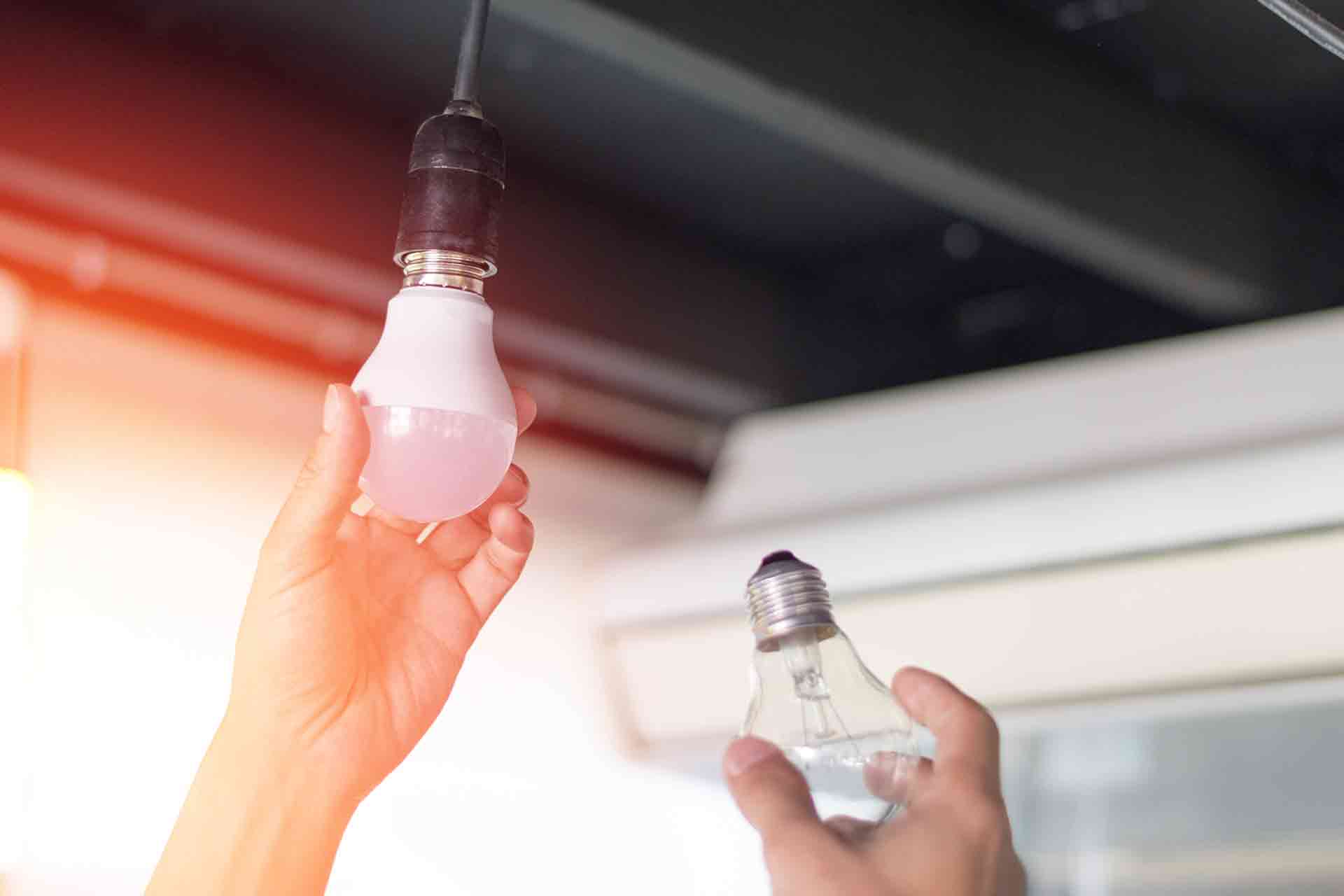

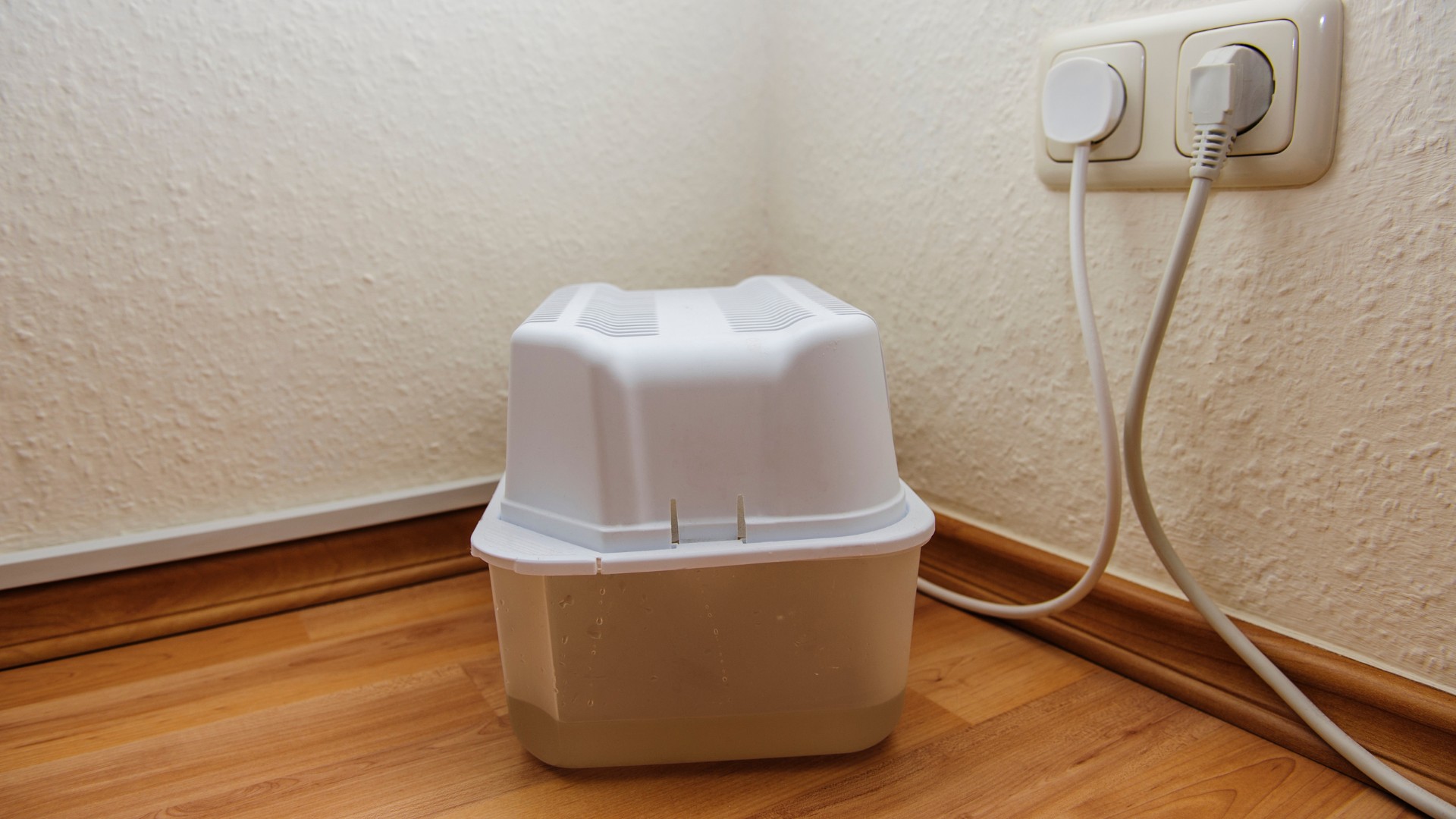


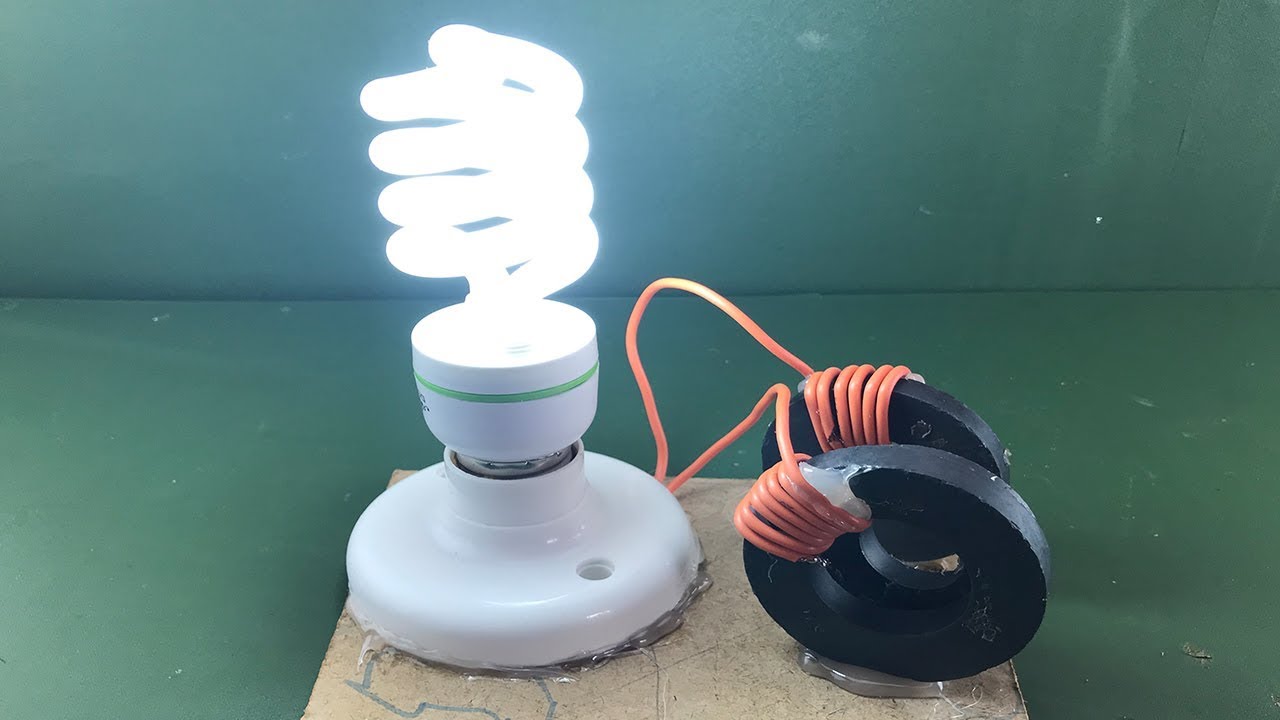
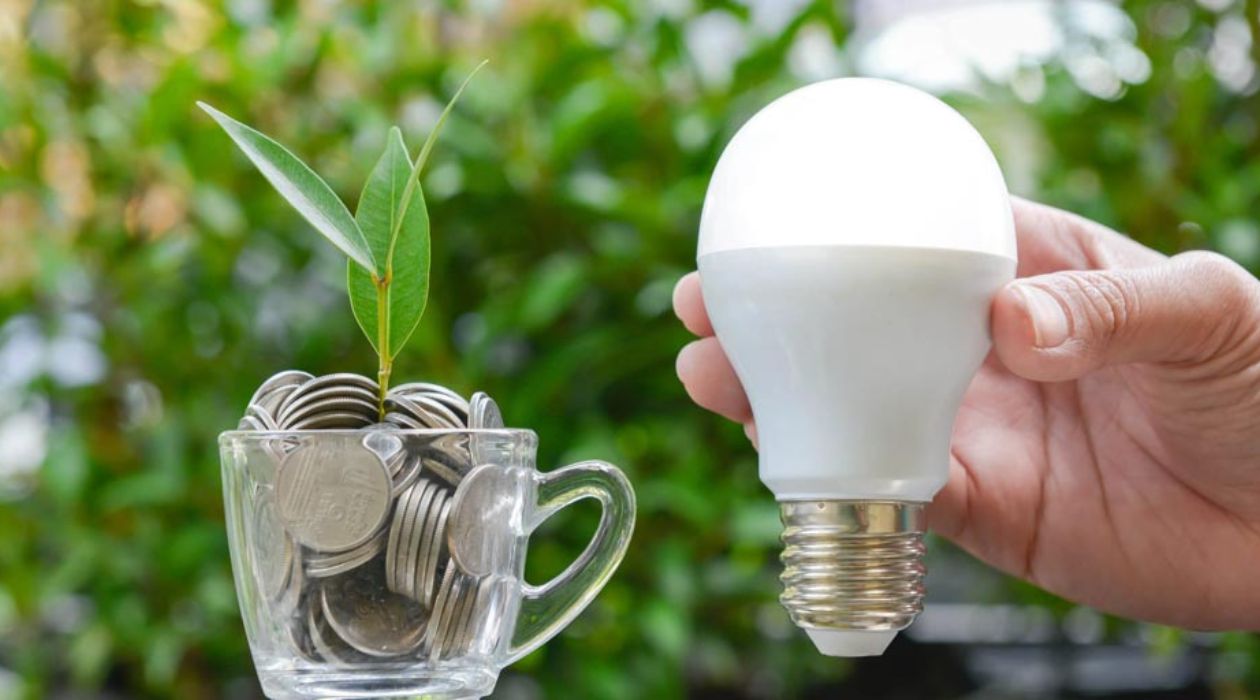
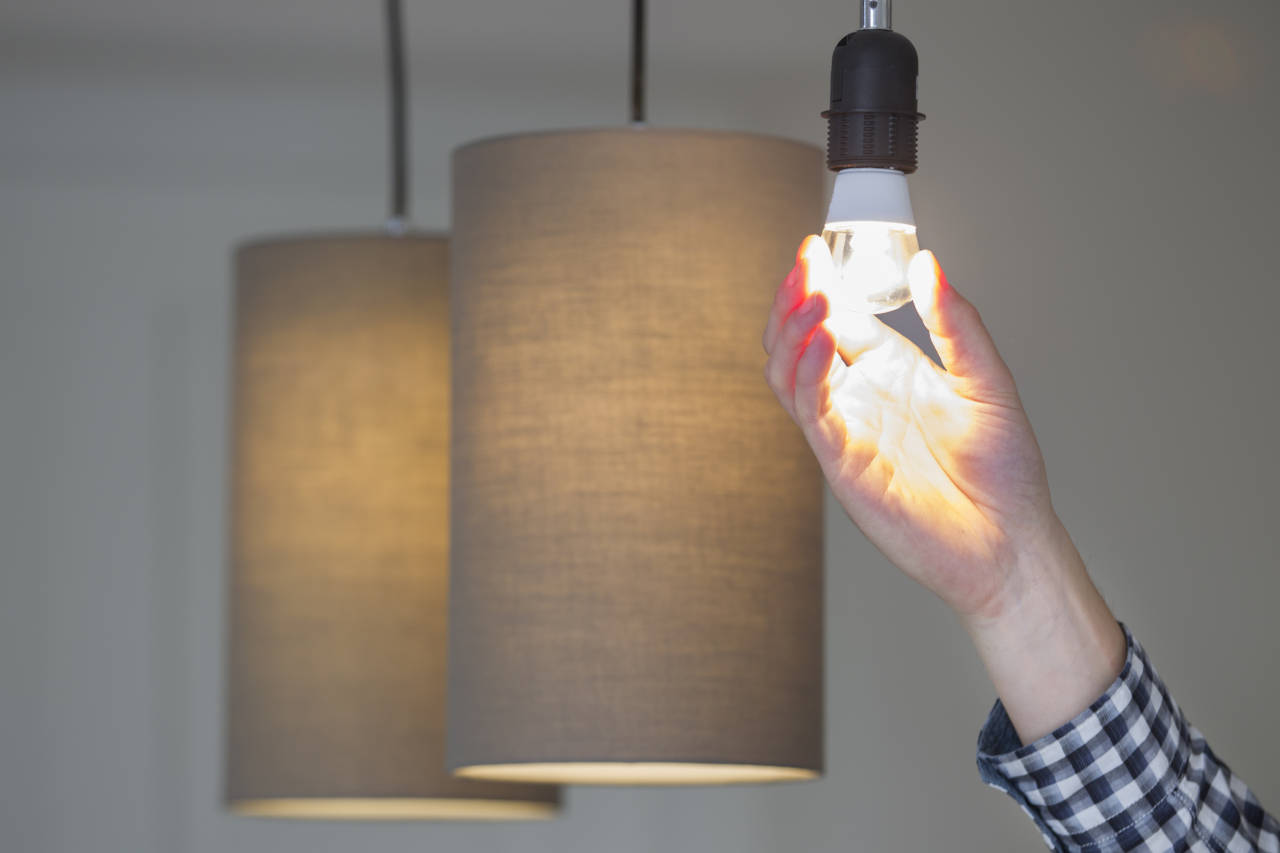
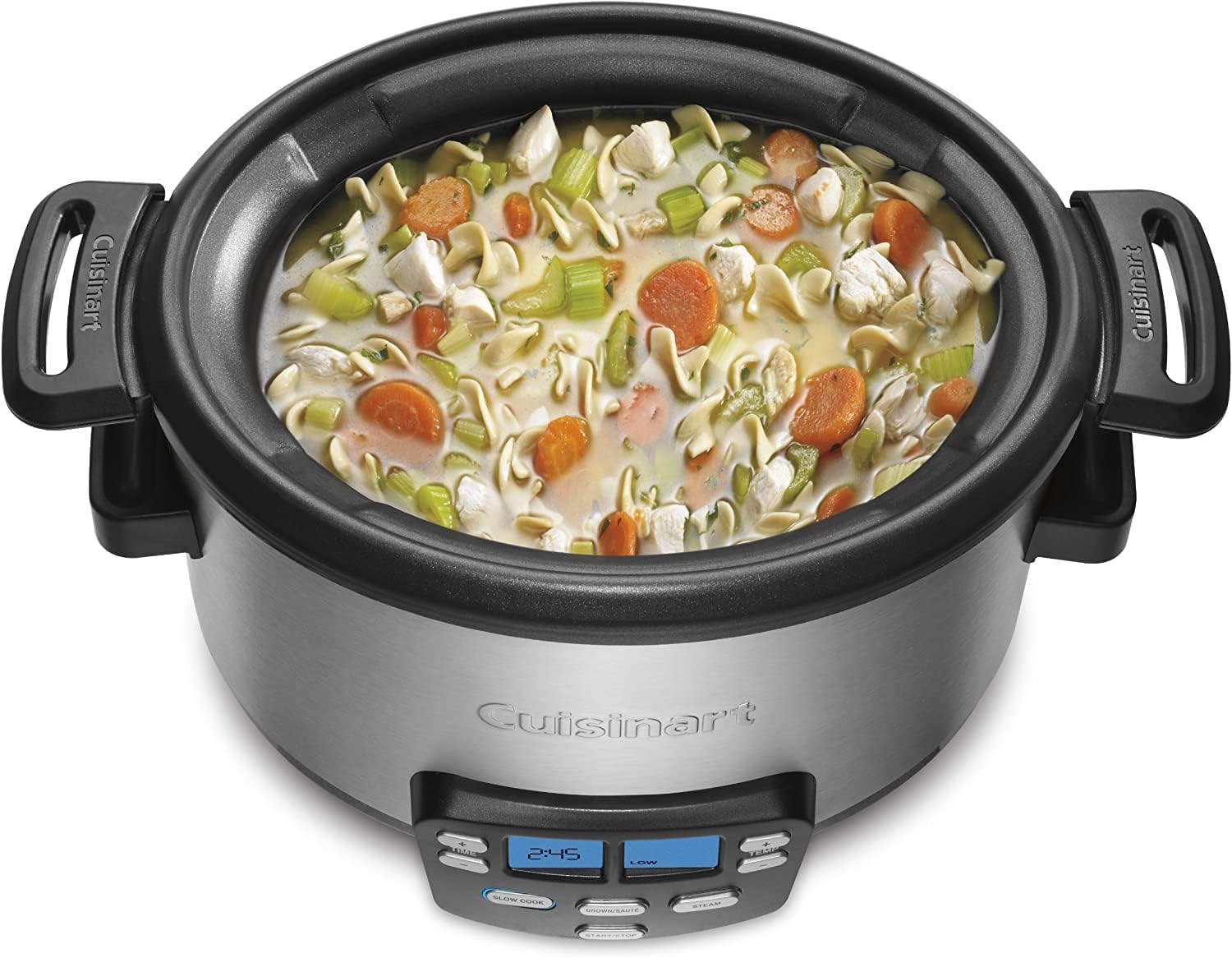
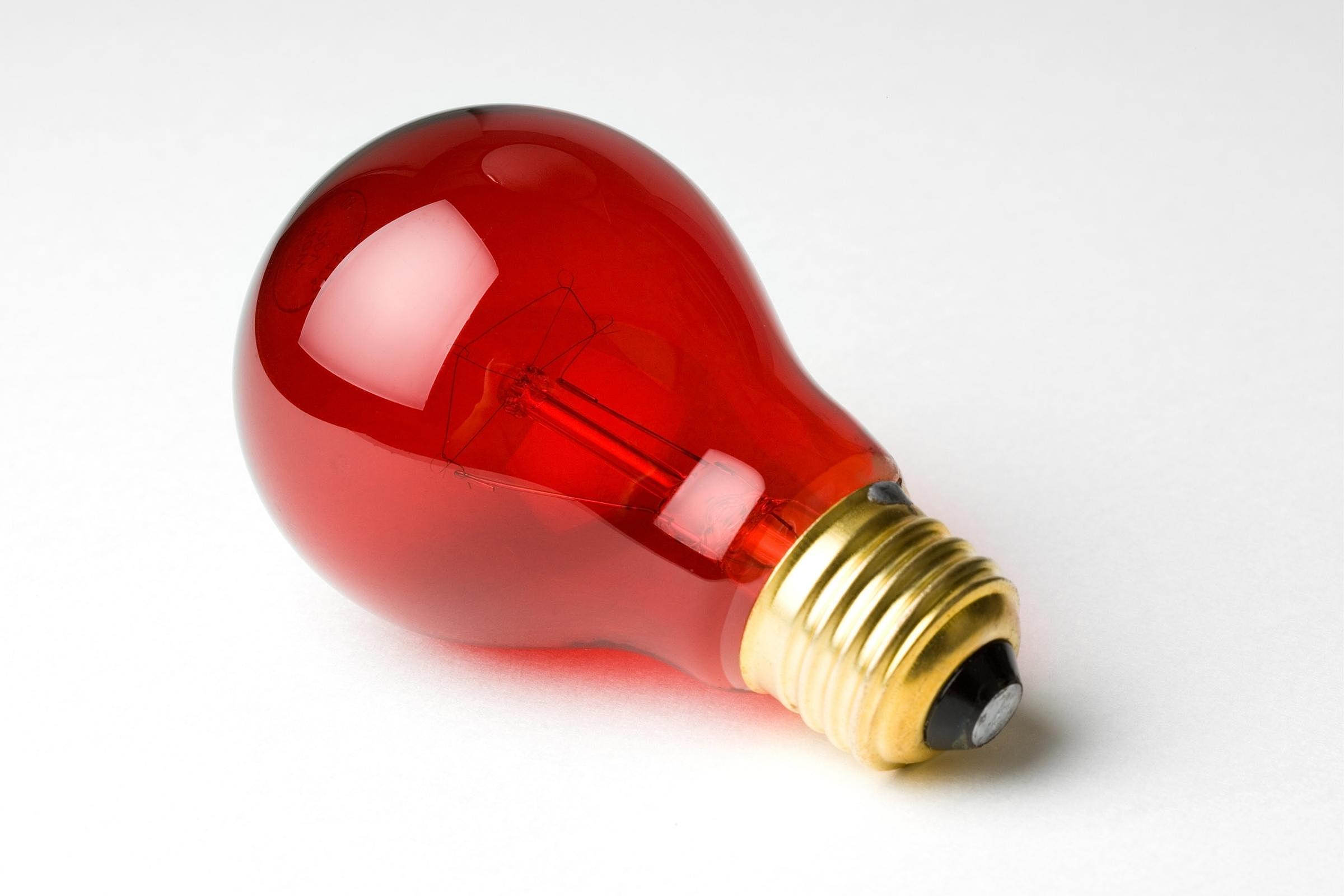
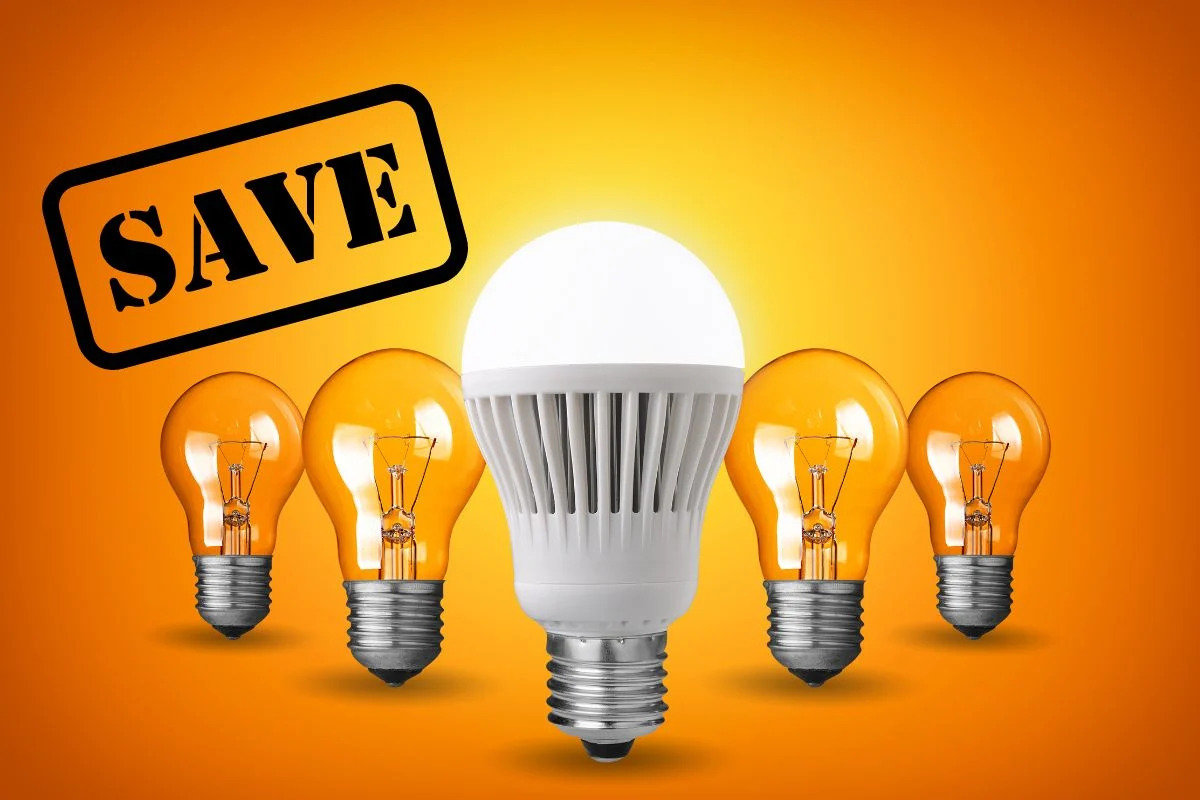
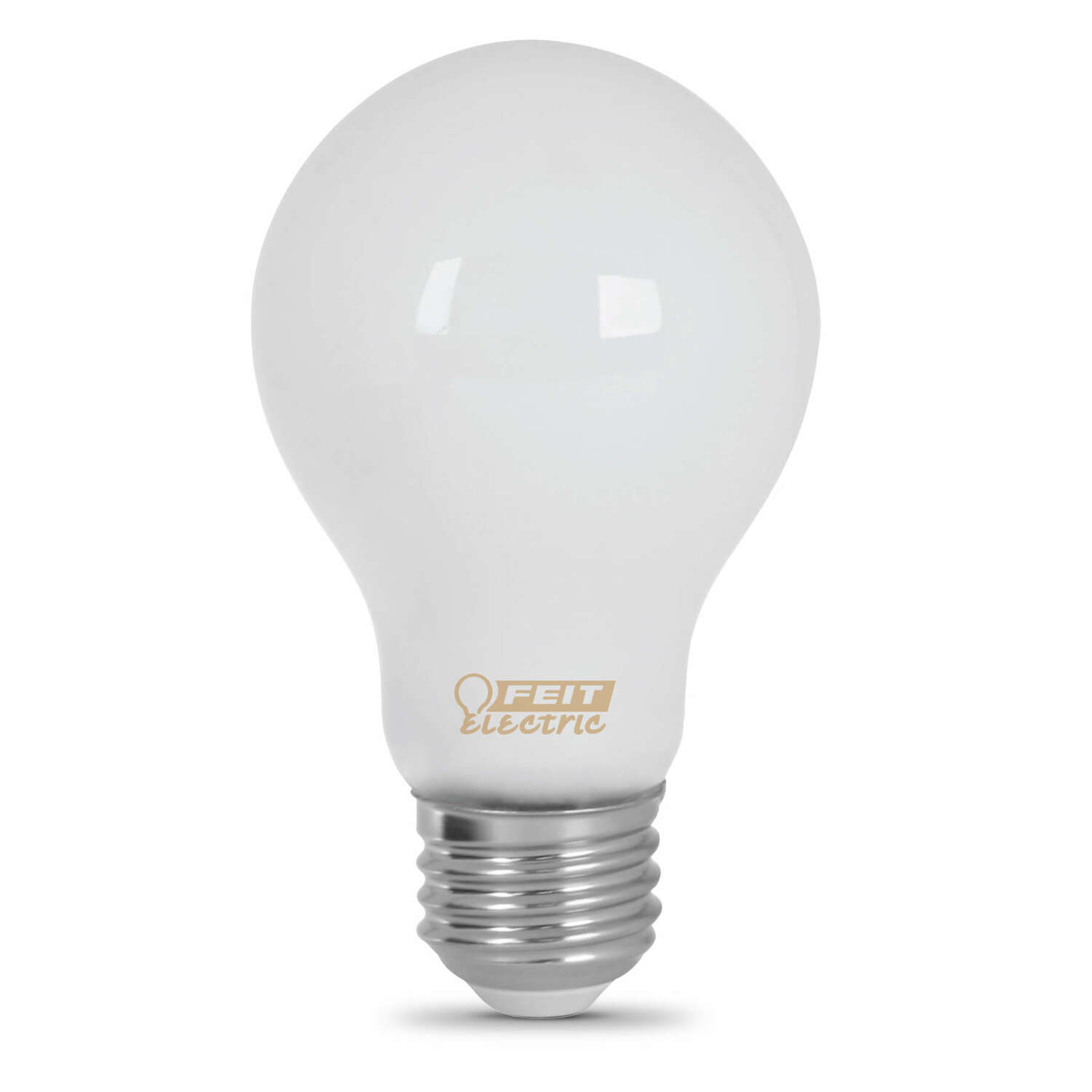
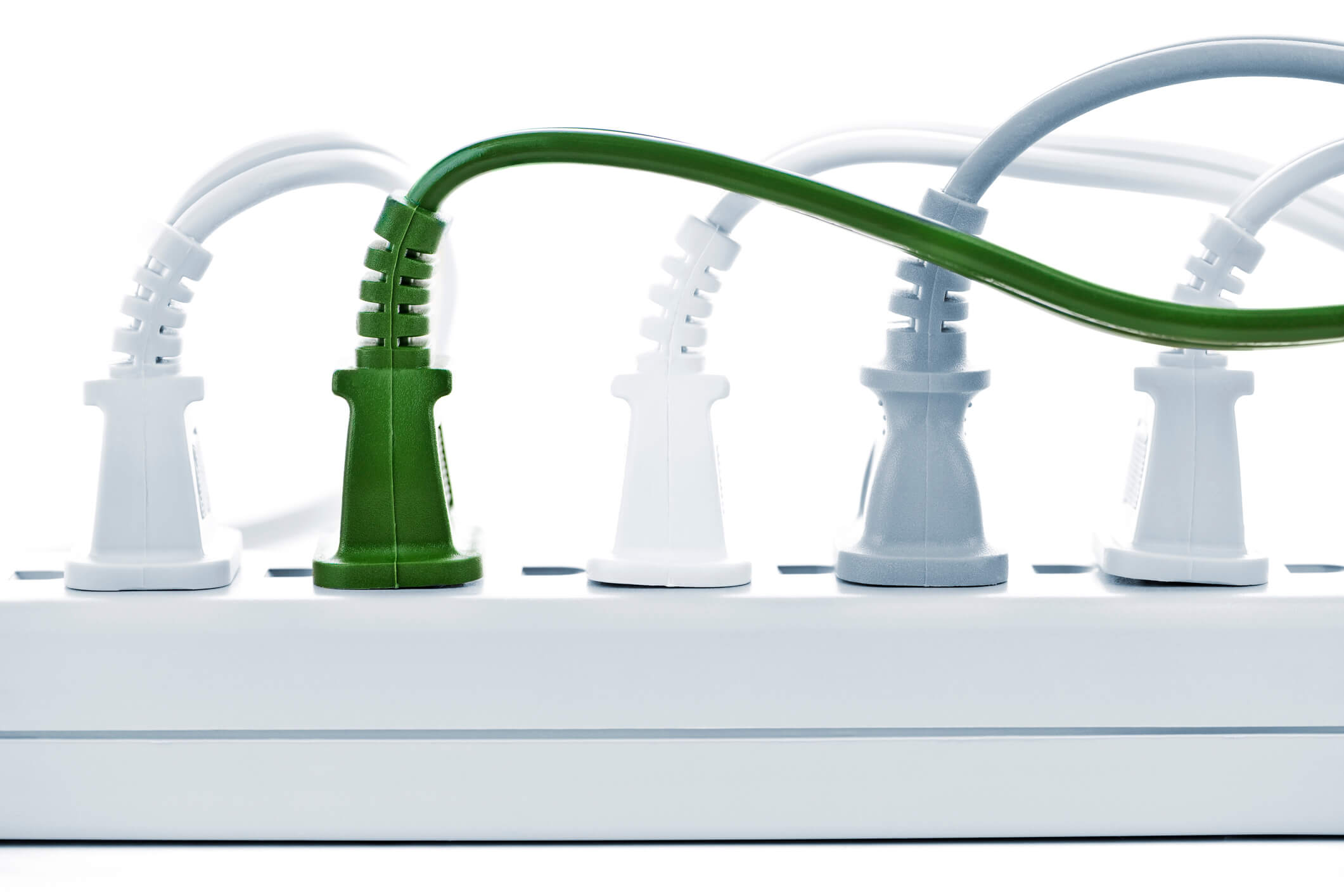
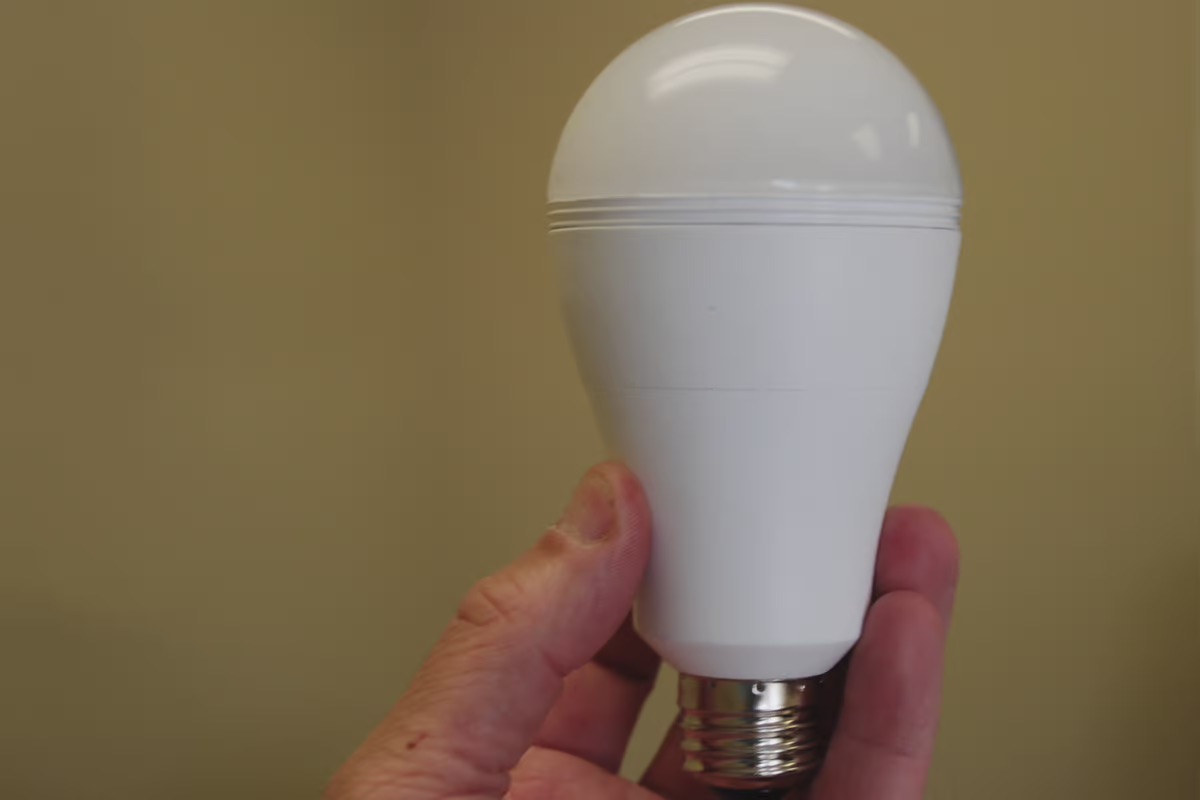

0 thoughts on “How Much Power Does An LED Bulb Use”